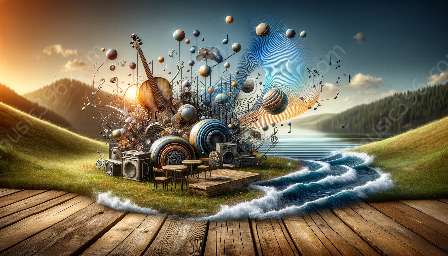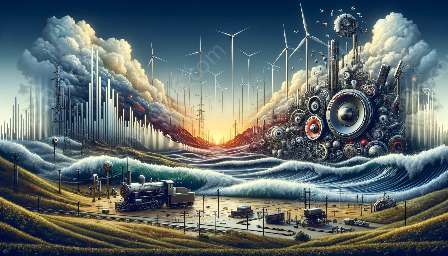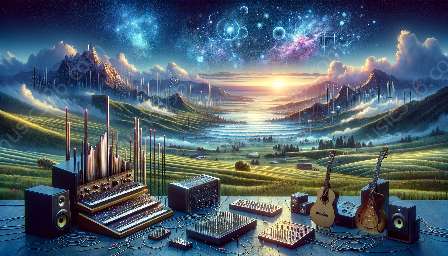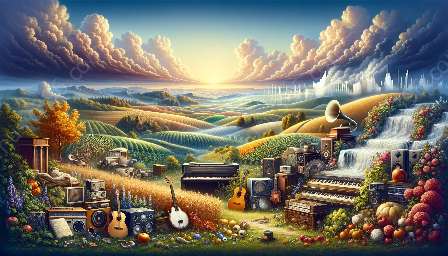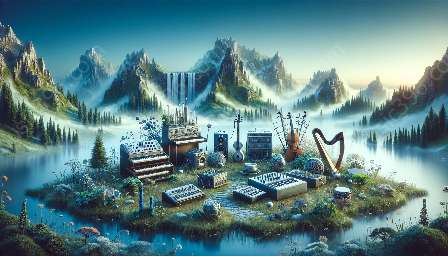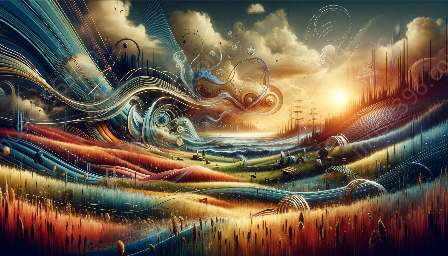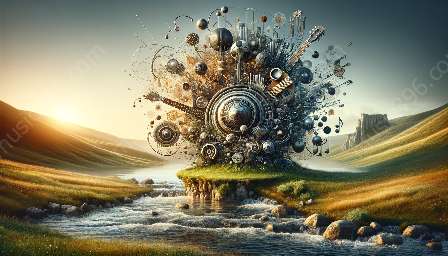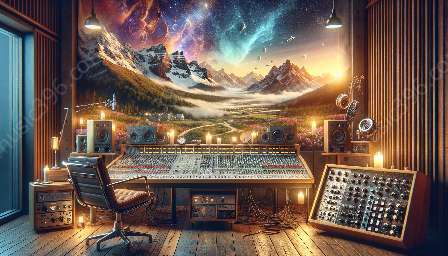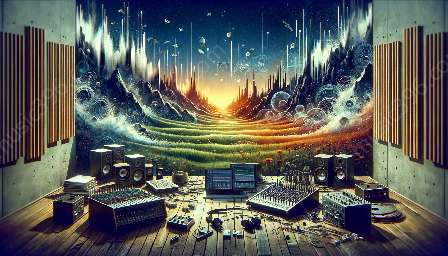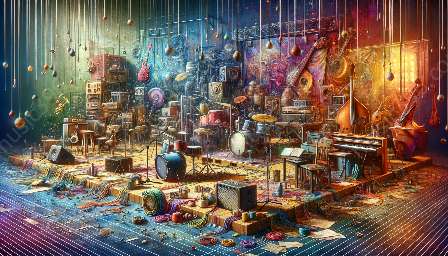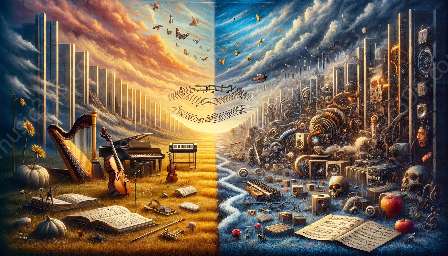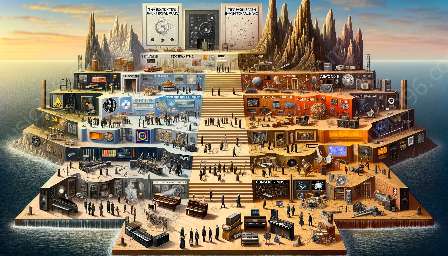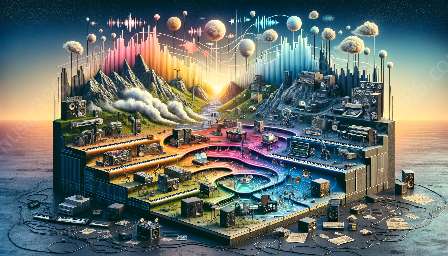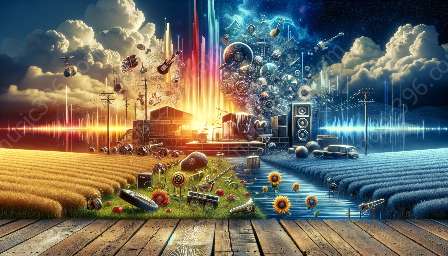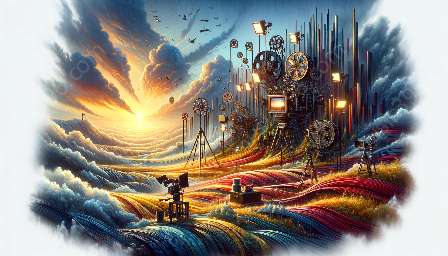Introduction
Environmental sound, also known as ambient sound or natural sound, refers to the array of sounds present in the natural environment. These sounds can vary greatly depending on location, time of day, and other factors. In music recording, environmental sound can play a significant role, impacting the overall sonic landscape of a recording. This impact is particularly prevalent in experimental and industrial music, where unique, unconventional sounds are often sought after. Understanding the influence of environmental sound on music recording and its compatibility with key recording techniques in experimental music is essential for creating compelling and authentic sonic experiences.
Environmental Sound and Music Recording
Environmental sound encompasses a broad spectrum of auditory stimuli, ranging from the gentle rustling of leaves in a forest to the cacophony of urban life. When it comes to music recording, the incorporation of environmental sound can add depth, texture, and a sense of place to a recording. Capturing the ambient sounds of a specific location can infuse a recording with an organic, atmospheric quality, connecting the listener to the environment in which the music was created. In experimental and industrial music, the use of environmental sound is often a deliberate artistic choice, as it allows musicians to integrate unconventional and unexpected elements into their compositions.
Key Recording Techniques in Experimental Music
Experimental music is characterized by its unconventional approach to composition, instrumentation, and recording. The genre often encompasses a wide range of sonic experimentation, from abstract noise collages to avant-garde electronic compositions. As a result, recording techniques in experimental music are diverse and adaptive, designed to capture and manipulate sounds in ways that push the boundaries of traditional music production. Key recording techniques in experimental music include:
- Field recording: The practice of capturing environmental sounds and incorporating them into musical compositions.
- Sound manipulation: Techniques such as granular synthesis, time-stretching, and spectral processing are employed to transform and sculpt recorded sounds into new and otherworldly textures.
- Live experimentation: The use of unconventional instruments, non-musical objects, and interactive performance techniques to generate spontaneous and unpredictable sonic material.
- Multichannel recording: The utilization of multiple microphones and recording devices to capture immersive, spatialized soundscapes.
These techniques exemplify the innovative and exploratory nature of experimental music recording, showcasing the ways in which sound can be shaped and transformed to defy traditional norms and expectations.
Compatibility with Experimental and Industrial Music
Given the avant-garde nature of experimental and industrial music, the incorporation of environmental sound aligns seamlessly with the genre's ethos. Experimentation and innovation are at the core of these musical styles, and the utilization of environmental sound contributes to the creation of unique, evocative sonic environments. Industrial music, in particular, often features stark, mechanized sounds juxtaposed with ambient textures, making it a natural fit for the integration of environmental soundscapes.
By embracing the inherent unpredictability and richness of environmental sound, experimental and industrial musicians can introduce elements of surprise and authenticity into their recordings, elevating the listener's experience and challenging conventional notions of musical expression.
Conclusion
Environmental sound is a powerful and versatile element in music recording, offering opportunities for experimentation, immersion, and artistic expression. Its compatibility with key recording techniques in experimental music underscores its ability to shape and redefine the sonic landscape, ultimately enriching the realm of musical creativity. As technology continues to advance, the potential for incorporating environmental sound into music recording expands, promising new avenues for sonic exploration and innovation.

